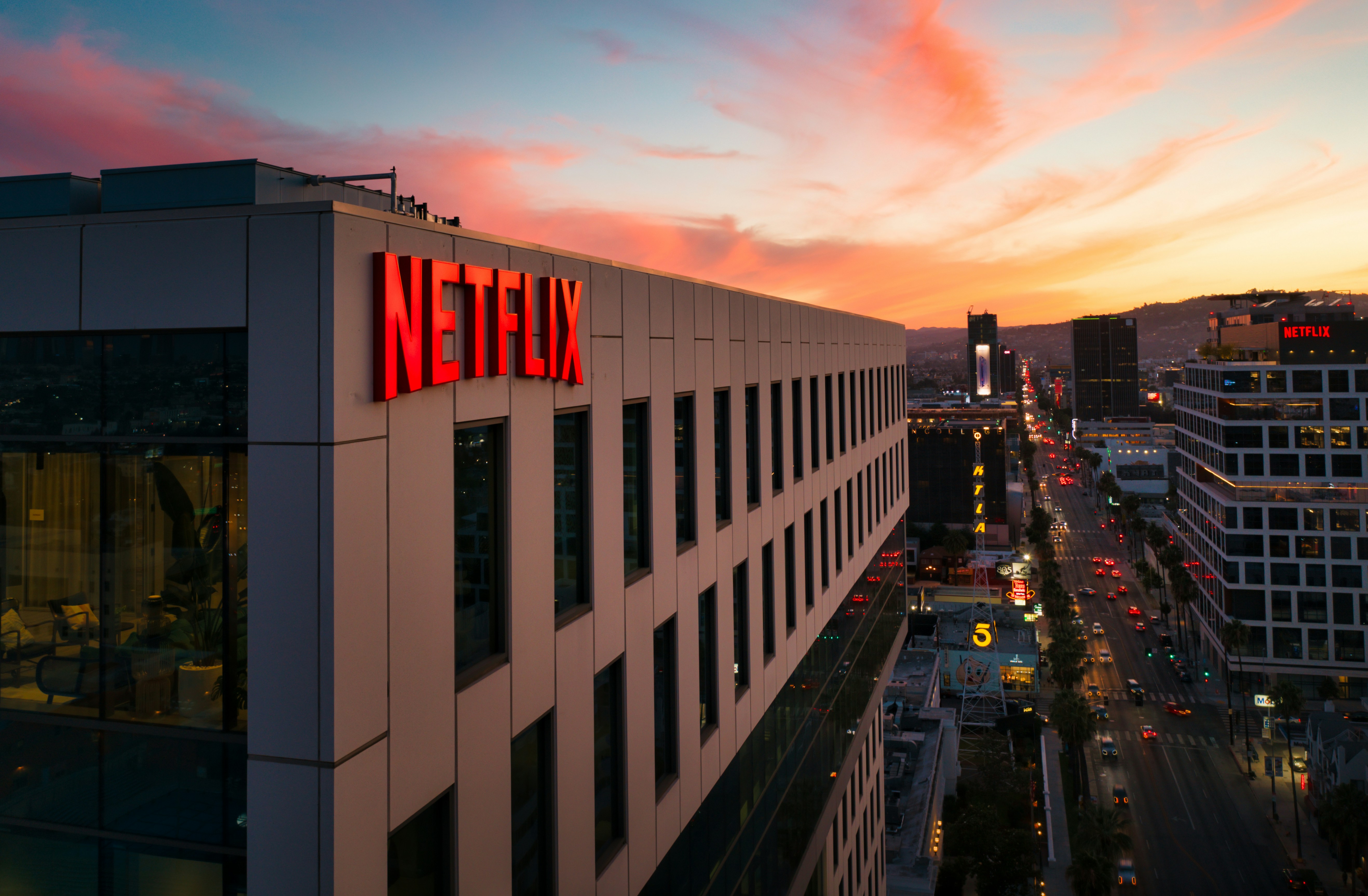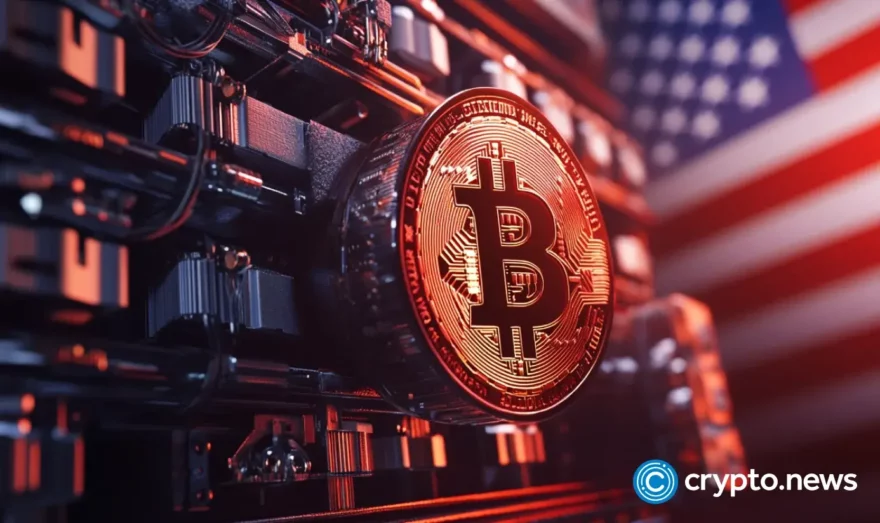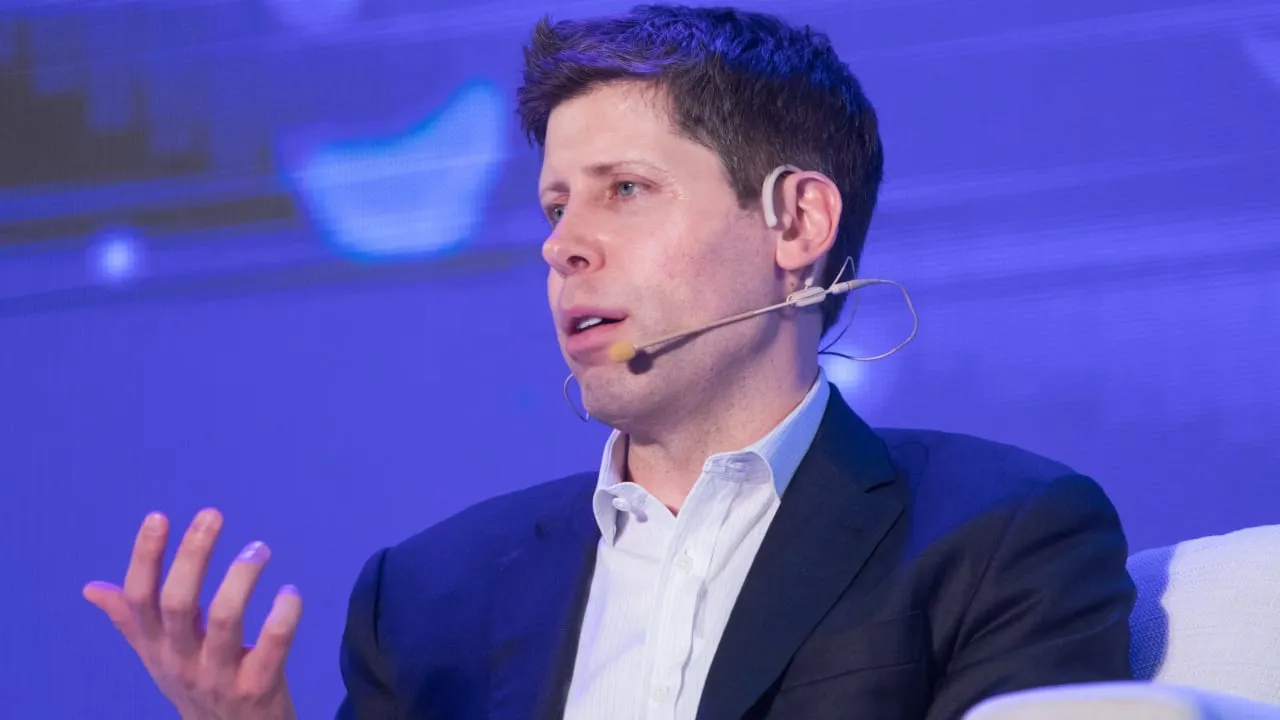Tokenized Assets Projected to Hit $19T by 2033, Says Report

A new report by Ripple and Boston Consulting Group (BCG) signals a transformative shift in global finance: the market for tokenized assets is expected to grow from $0.6 trillion in 2025 to $18.9 trillion by 2033. With a 53% compound annual growth rate (CAGR), tokenized assets are emerging as more than a niche innovation—they are poised to redefine financial infrastructure globally. The era of real-world asset tokenization is no longer theoretical; it is becoming a critical building block in the evolution of financial markets.But as this future takes shape, a deeper question remains: are we decentralizing finance or simply rebuilding the old system on new rails?The Ripple+BCG report lays out a clear adoption path in three phases:Early movers such as JPMorgan, BlackRock, and Société Générale are already active, with JPMorgan’s Kinexys platform reportedly processing over $2 billion in daily tokenized transactions.The report identifies several drivers behind the rapid rise of tokenized assets:A “flywheel effect”—where institutional supply and investor demand reinforce each other—is now accelerating adoption.Ripple and BCG highlight five primary use cases, estimating billions in cost savings and operational efficiency:Each of these use cases aligns with areas where traditional finance suffers from complexity, inefficiency, or restricted access.In particular, the report notes that companies could save hundreds of millions of dollars annually in treasury and collateral operations, while unlocking new capital flows through tokenized real estate and structured assets. The benefits are not only in speed and cost but also in expanding access to investors previously excluded from such asset classes.Vineet Budki, CEO of Sigma Capital, recently posed a timely question on LinkedIn that resonates with the broader discussion:“Is asset tokenization just old finance with a blockchain facelift? The tokenization of real-world assets (RWAs) is being hailed as a game-changer, unlocking new levels of liquidity, accessibility, and efficiency in financial markets. But beneath the hype lies a critical question: Are we truly decentralizing finance or simply rebuilding the old system on a blockchain?”He went on to highlight two key concerns:→ The Centralization Problem→ Legal and Regulatory ChallengesStill, as Vineet pointed out, the RWA tokenization market is projected to grow into the trillions. So the question remains: Does asset tokenization pave the way for true financial freedom—or are we just giving old finance a shiny, decentralized veneer?Despite the momentum and efficiency gains highlighted in the Ripple and BCG report, tokenization is still in its formative stages. Several systemic issues remain unresolved, particularly when it comes to decentralization and regulatory complexity.Tokenization is often framed as a decentralizing force—but many of today’s deployments tell a different story. Most platforms operate on permissioned blockchains managed by financial institutions. These systems offer reliability and control, but come with constraints:According to Ripple’s SVP Markus Infanger, the market is transitioning from isolated on-chain assets to broader integration with economic activity. However, that integration is unfolding through traditional gatekeepers—not open, decentralized ecosystems.Real-world assets don’t exist in a regulatory vacuum. Their tokenized versions must comply with local laws, adding layers of complexity that pure crypto assets avoid:Ripple and BCG emphasize the need for industry alignment around token standards, custody protocols, and legal definitions to address these challenges. Without that, tokenization will remain efficient in pockets, but unable to scale as a unified financial layer.In essence, tokenization as described by Ripple and BCG is not a DeFi revolution. It’s a modernization of legacy finance, where banks, custodians, and market infrastructure providers retain control. The goal isn’t to eliminate intermediaries—but to make them faster, cheaper, and more interoperable.“Too many firms are trying to build their own settlement systems,” the report states. “The strategic value lies in what is built on top—not the plumbing beneath.”That makes the system more efficient—but not necessarily more decentralized.For MENA-based institutions, especially in progressive markets like the UAE, the report provides validation for existing initiatives. Regulators in Abu Dhabi, Dubai, and Riyadh are actively building frameworks for digital assets, and projects in real estate tokenization are already underway.Ripple and BCG note that regions like the Middle East are showing early leadership in tokenizing private credit and real estate, backed by sovereign policy alignment and infrastructure investment. This momentum is further reinforced by regulatory bodies like the Dubai Financial Services Authority (DFSA), which recently launched a tokenization sandbox to explore compliant frameworks for real-world asset tokenization in the UAE. Unlock Blockchain reported on this initiative, highlighting the region’s proactive approach in experimenting with cross-border tokenized instruments and regulated innovation.As the global market accelerates, regional players must decide whether to follow global standards—or contribute to shaping them. Tokenized assets are not a buzzword—they’re becoming a foundational layer of tomorrow’s finance. But the way they’re implemented matters. Whether this shift leads to true democratization or simply a more efficient version of the old guard will depend on who builds the system—and for whom.

Published on Other News Site




















